Polyphasic sleep for humans + invitation to sleep in motherhood online class
When you can’t get 8 hours of consolidated sleep, but you still need to feel great
A major breakthrough in my circadian journey was when I learned the 8 hour sleep window is a byproduct of a 16 hour lighting window1. If the light environment changes, so does the sleep pattern! This is because sleep is an effect of the circadian rhythm (and not the other way around).
Update: the replay of this class is now available in the archive
Replay: The Surprising Good News About Sleep Interruptions in Motherhood (Oct. 18, 2023)
Sleep patterns change in the different phases of motherhood. Watch this live class to learn what kind of sleep to expect in each stage of pregnancy, as well as circadian routines that can harmonize these experiences. Sleep does not have to be a problem, even while pregnant or with a new baby! Come away from this event with evidence-based strategies for …
Back to the post:
We can use polyphasic sleep to our advantage at many stages of life. One example is winter. In the winter, when the days are short, we can prime ourselves for a polyphasic sleep schedule. What would that look like? Lights low (candlelight level) at sunset (yes, even if it’s early!). Then, follow your natural feelings of tiredness. What is likely to happen is you will sleep for ~4 hours, then wake up in the middle of the night. When you wake up, don’t turn on any overhead lights! Use candles and moonlight to do some quiet activities. Enjoy the darkness and the peace. Don’t eat unless it’s carb-free because the carbohydrates will disorient your body and upset your circadian rhythm! Stay restful, but meditative and calm. Stoke the fire, check on your pets and children, step outside and watch the stars. After about an hour, you will start to feel sleepy again. Go back to bed and sleep soundly until sunrise. Then, make sure you go outside to catch the real, unfiltered morning sunlight! This is key to waking up fully and making sure that when the early evening comes around again, you are actually tired again.
Here’s what that looks like in a sleep lab (the top graphic a is in a mouse model, and the bottom graphic b is in real humans):
Another time polyphasic sleep is really helpful is in the postpartum period. Newborns need care around the clock. Rather than fighting this and feeling like a victim, embrace it! Keep your bedroom nice and dim and plan to stay in bed much longer than 8 hours. I have found it takes me 10-12 hours in bed to get all 8 hours of sleep across the night.
For example, here is a real snapshot of my sleep after having my most recent baby and tracking my sleep with Oura ring on airplane mode:

Before I knew about polyphasic sleep, I didn’t allow myself this extra time in bed. I’m not going to lie, when I see that I have been in bed for nearly 12 hours, I still cringe a little bit! But I also know that I feel sooooo much better in this postpartum than I did with my first before I knew about the power of polyphasic sleep and extended sleep windows. Back then, I also didn’t know I had to keep my environment dim during the entire sunset-sunrise window. It’s really important to keep your environment dim if you are going to experiment with polyphasic sleep because bright light stimulates cortisol and suppresses melatonin2.
These are some of the things I will be talking about in my upcoming online class The Surprising Good News About Sleep Interruptions in Motherhood.
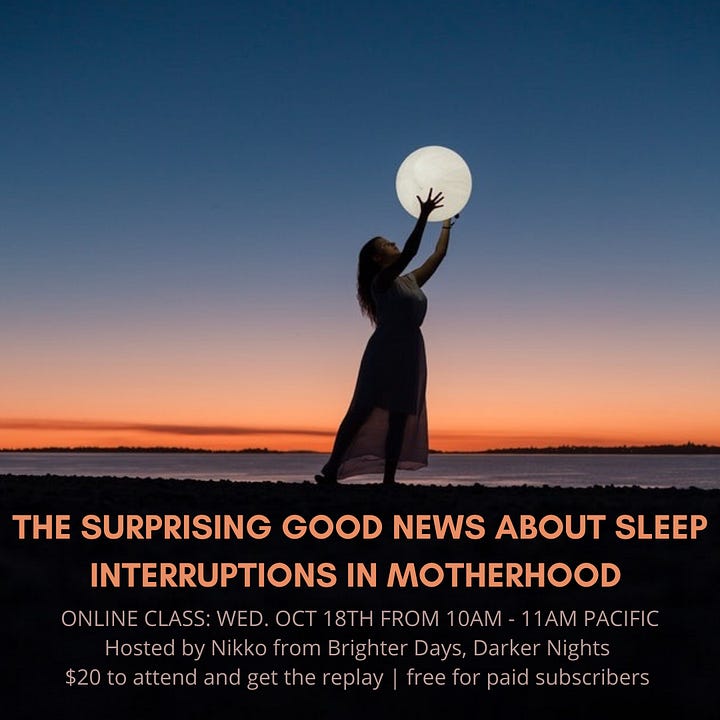
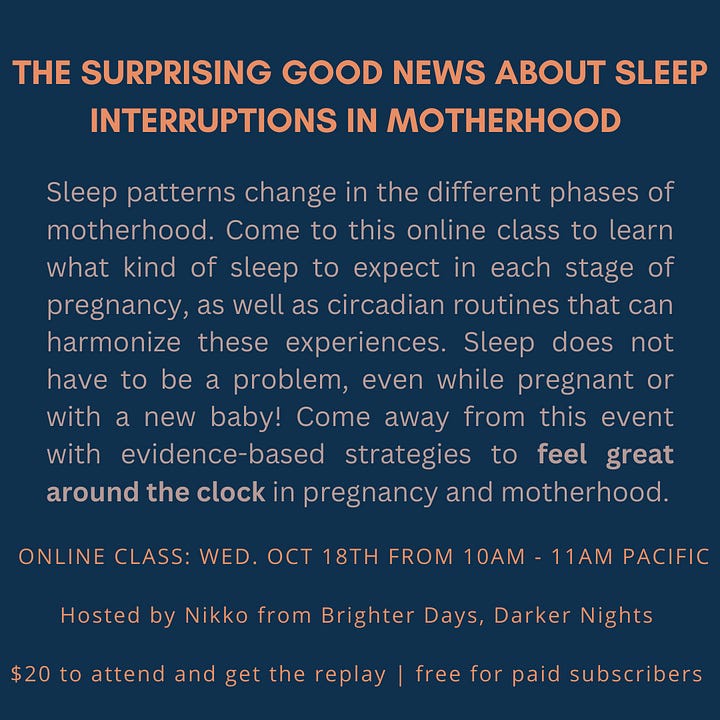

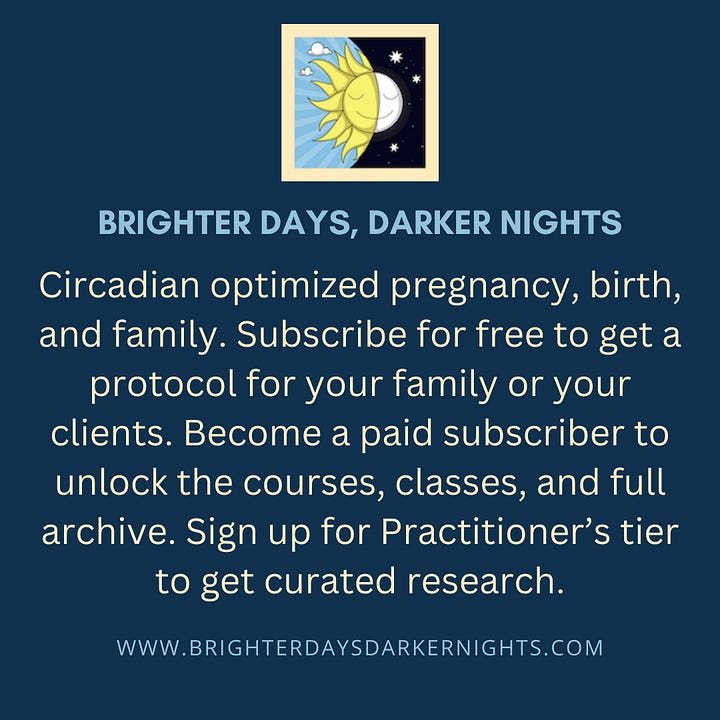
This event has passed, but here’s where you can watch the replay:
Replay: The Surprising Good News About Sleep Interruptions in Motherhood (Oct. 18, 2023)
Sleep patterns change in the different phases of motherhood. Watch this live class to learn what kind of sleep to expect in each stage of pregnancy, as well as circadian routines that can harmonize these experiences. Sleep does not have to be a problem, even while pregnant or with a new baby! Come away from this event with evidence-based strategies for …
Also, if you have been thinking about upgrading to your access to include the courses and full archive, now is a great time :-D
Wehr T. A. (1992). In short photoperiods, human sleep is biphasic. Journal of sleep research, 1(2), 103–107. https://doi.org/10.1111/j.1365-2869.1992.tb00019.x
Figueiro, M. G., & Rea, M. S. (2010). The effects of red and blue lights on circadian variations in cortisol, alpha amylase, and melatonin. International journal of endocrinology, 2010, 829351. https://doi.org/10.1155/2010/829351





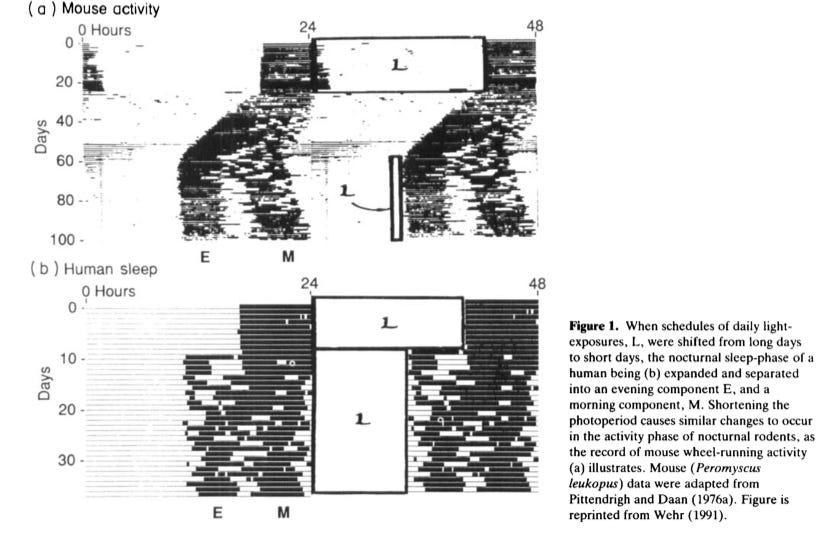
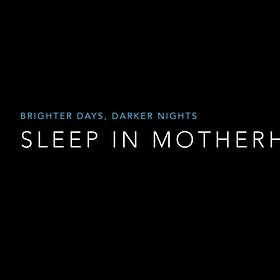
Keep up the good work ❤️
This is actually really helpful ... really appreciate it!